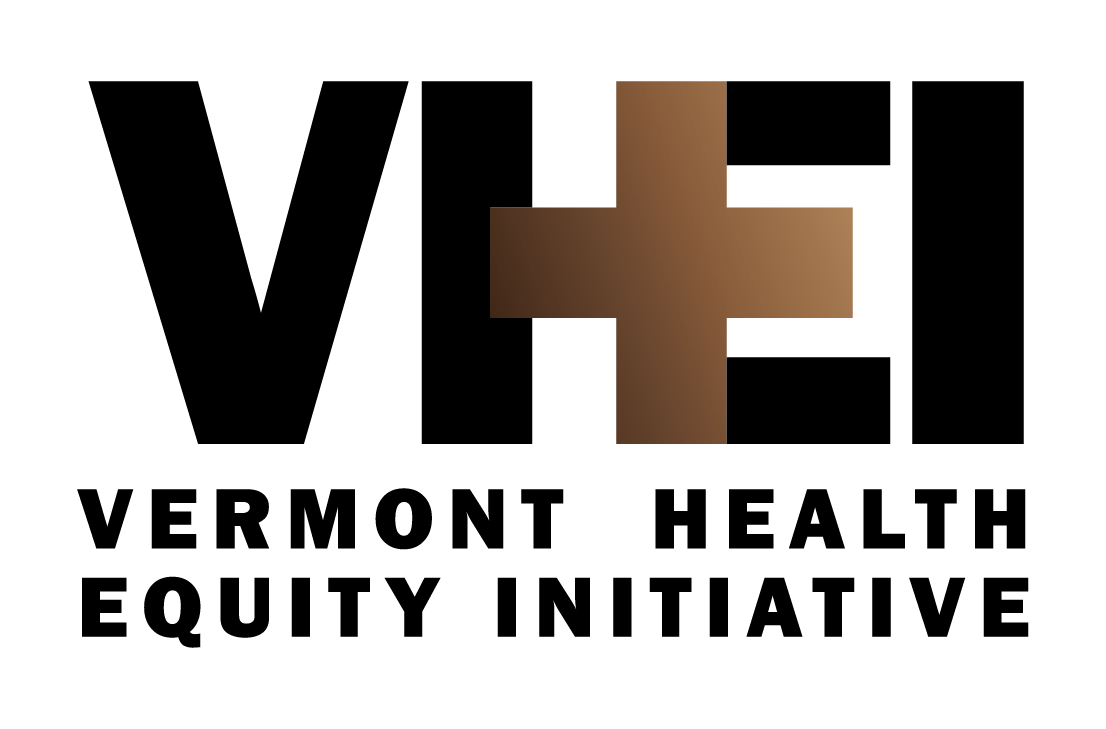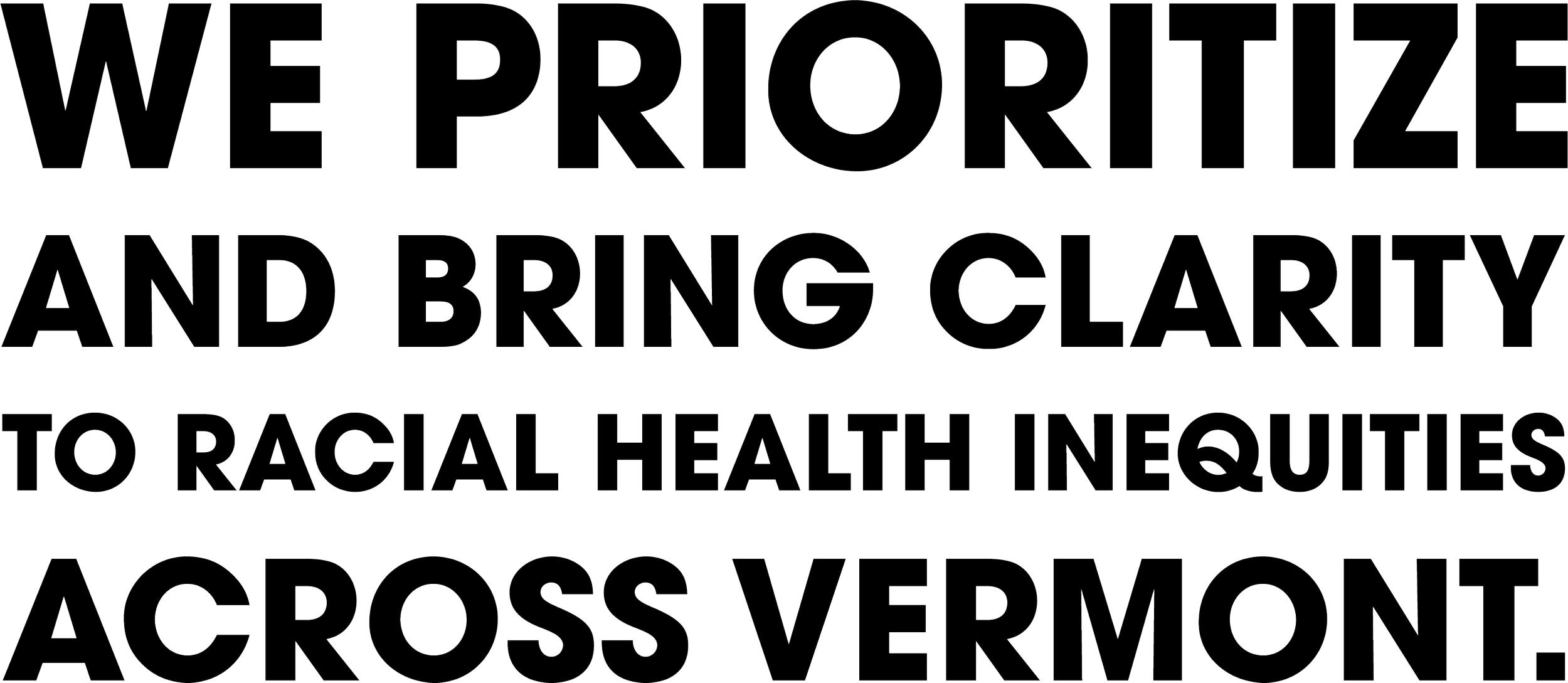Our Origins
The COVID-19 pandemic exposed deep-rooted social disparities, with communities of color bearing the brunt of its impact.
By December 2020, BIPOC Vermonters were contracting COVID-19 and being hospitalized at significantly higher rates than their white counterparts. The vaccine rollout initially overlooked these disparities, which prompted a collective response from community-based organizations (CBOs) across the state, led by the Vermont Racial Justice Alliance. Ultimately, advocacy by CBOs and support by partner institutions removed age-band barriers, and vaccine access for BIPOC individuals and their households.
Where we are now:
The aftermath of devastating floods
In the summer of 2023, our state faced another emergency: heavy rains flooded communities across Central Vermont, destroying numerous homes and businesses, and leaving lasting damage in their wake. Common themes between the pandemic and the floods quickly emerged: communication breakdowns among support institutions, barriers to access for marginalized communities, funding challenges, and resource constraints.
Where we are headed: Resilience
The work we are embarking on is essential because emergencies, whether pandemics or natural disasters, disproportionately affect already vulnerable communities. Our goal is to provide context, evidence-based tools, and guidance for the future. The very tools we develop to ensure a more equitable emergency response — from inclusive planning to culturally conscious care — are the same tools that inherently make communities more resilient in the long run.






